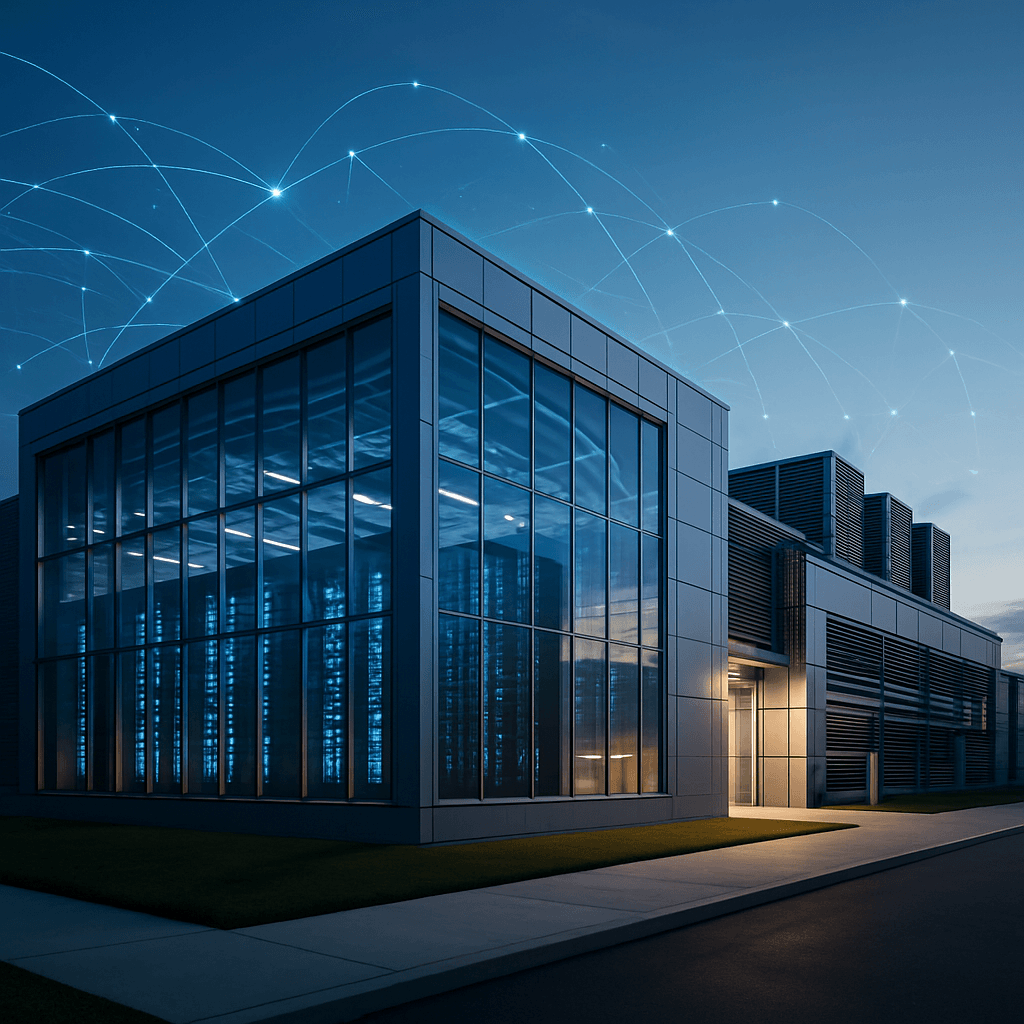Microsoft just unveiled Fairwater, the world's most powerful AI datacenter in Wisconsin, marking a seismic shift in AI infrastructure. The facility delivers 10x the performance of today's fastest supercomputers while powering OpenAI, Microsoft AI, and Copilot workloads. This isn't just another datacenter - it's Microsoft's $billions bet on distributed AI supercomputing that could reshape how we think about cloud infrastructure.
Microsoft just dropped a bombshell in the AI infrastructure wars. The company's new Fairwater datacenter in Wisconsin isn't just another cloud facility - it's what Scott Guthrie, Microsoft's cloud chief, calls "the most powerful, tightly coupled AI supercomputer in the world." And the numbers back up that bold claim. The facility processes an astonishing 865,000 tokens per second, delivering 10x the performance of today's fastest supercomputers. That's enough raw computing power to train the next generation of frontier AI models that current infrastructure simply can't handle. But Microsoft isn't stopping at Wisconsin. The company announced a global AI datacenter expansion that includes facilities in Norway and the UK, representing what Guthrie describes as "tens of billions of dollars of investments and hundreds of thousands of cutting-edge AI chips." The scale is staggering - the Wisconsin facility alone covers 315 acres with three buildings spanning 1.2 million square feet. Construction required 46.6 miles of deep foundation piles and 26.5 million pounds of structural steel. What makes this different from traditional cloud datacenters is the architecture. Instead of running thousands of independent workloads, Fairwater operates as one massive AI supercomputer. Every rack is interconnected through what Microsoft calls "single flat networking," allowing hundreds of thousands of Nvidia GPUs to function as a unified system. Azure was the first cloud provider to bring online Nvidia's GB200 servers at datacenter scale. Each rack packs 72 Nvidia Blackwell GPUs tied together in a single NVLink domain, delivering 1.8 terabytes of GPU-to-GPU bandwidth. Rather than operating as separate chips, each rack functions as "a single, giant accelerator," according to Microsoft's technical specifications. The networking topology was Microsoft's biggest challenge. Traditional datacenter layouts introduce latency between racks, so the company designed a two-story configuration where racks connect not just horizontally but vertically. This creates what Microsoft calls "full fat tree non-blocking architecture" - every GPU can communicate with every other GPU without congestion. The cooling system alone represents a major engineering feat. Traditional air cooling can't handle the heat density of modern AI hardware, so Microsoft built the second largest water-cooled chiller plant on the planet. The closed-loop system circulates water through 172 20-foot fans with zero operational water waste - water is added once during construction and continuously reused. Behind the AI clusters sits equally impressive storage infrastructure. Microsoft re-engineered Azure storage to handle exabyte-scale deployments, with each Azure Blob Storage account sustaining over 2 million read/write transactions per second. The Wisconsin datacenter's storage systems stretch five football fields in length. But here's where Microsoft's strategy gets really interesting - these aren't isolated facilities. The company is building what it calls an "AI WAN" (Wide Area Network) that connects multiple datacenters into a single distributed supercomputer. "This isn't just about one building, it's about a distributed, resilient and scalable system that operates as a single, powerful AI machine," Guthrie explained in the . The business implications are massive. These facilities power , Microsoft AI, and Copilot capabilities - essentially the backbone of Microsoft's AI strategy. The company's ability to scale training for trillion-parameter models gives it a significant advantage in the AI arms race against competitors like and . The timing couldn't be more critical. As AI models grow exponentially in size and complexity, the infrastructure to train them has become a competitive bottleneck. Microsoft's bet is that distributed AI supercomputing - rather than traditional cloud architecture - represents the future of AI infrastructure. The Norway and UK facilities will use similar clusters with Nvidia's next-generation GB300 chips, offering even more pooled memory per rack. This global network approach allows Microsoft to offer customers what amounts to "the power of a giant AI supercomputer" distributed across geographically diverse regions. What we're witnessing is a fundamental shift in cloud computing. Rather than optimizing for thousands of small workloads, these purpose-built AI factories are designed for the most demanding AI training and inference tasks. Microsoft has essentially redefined what a datacenter can be in the AI era.












